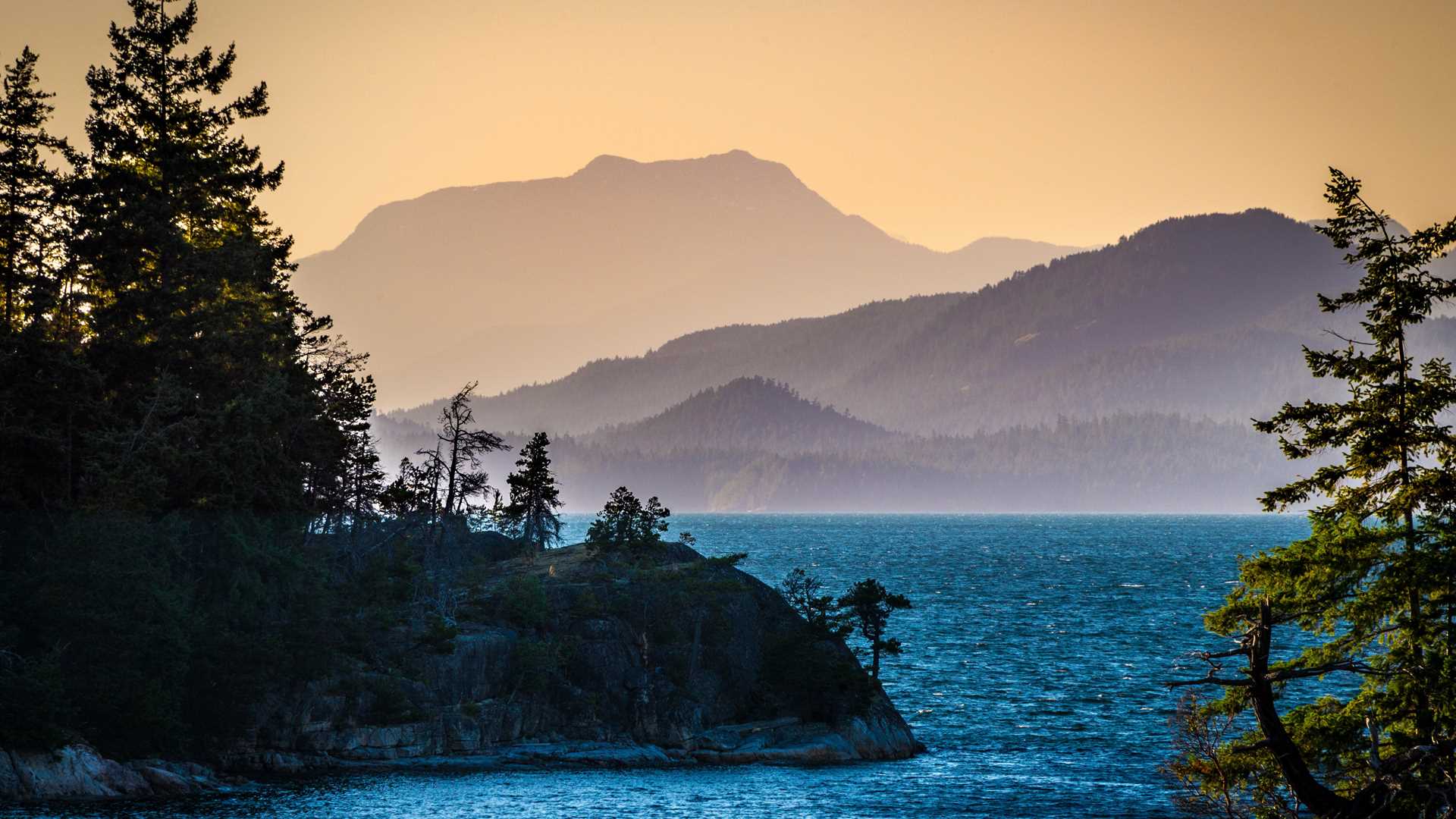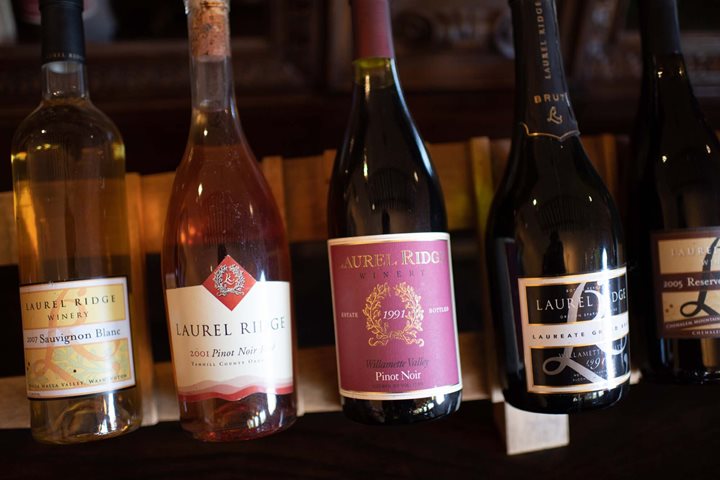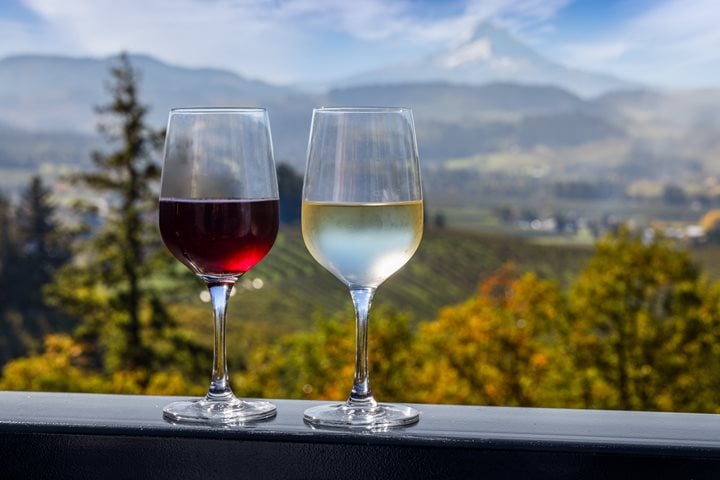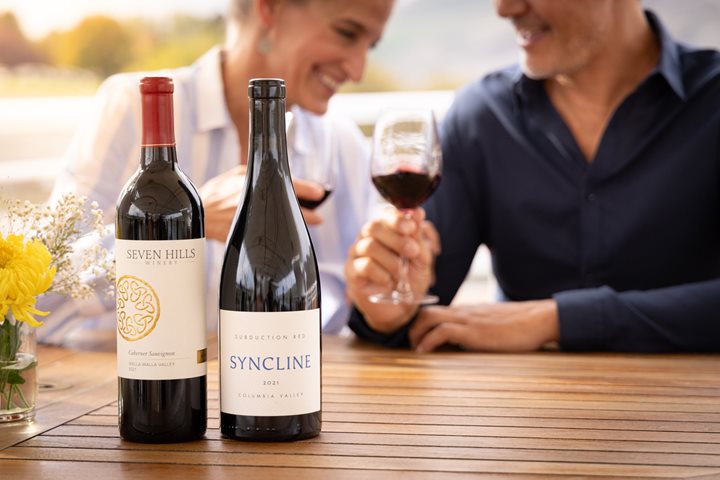Call +1.800.397.3348 or contact your travel advisor
From killer whales frolicking in the waters around the densely forested San Juan Islands to bighorn sheep climbing along the sheer rock faces of Hells Canyon, the wildlife and scenery of the Pacific Northwest are vastly varied. Get Inspired By Photos, Videos, Webinars, Stories, And Exclusive Offers. Sign Up
Driftwood-strewn beaches, craggy coastlines, and tree-lined mountains rising from deep blue-green waters are hallmarks of the islands of Washington State and British Columbia.
VIEW PACIFIC NORTHWEST VOYAGES >
Recent Lindblad-National Geographic expeditions here have encountered a variety of marine mammals in the area’s many channels. Near Sucia Island, part of the San Juan Islands archipelago, guests spotted a pod of nine Biggs (transient) killer whales that were a joy to observe. Naturalist Doug Gualtieri described them in a Daily Expedition Report: “It would appear this tight-knit family group had just recently made a kill as they were being very playful at times, breaching, tail lobbing, and spyhopping, as well as rolling along the surface in close contact with each other, likely portioning their recent kill.”
In British Columbia’s Desolation Sound, against a backdrop of 10,000-foot snow-capped mountains, expedition leaders spotted a harbor seal haul-out. To avoid hypothermia, harbor seals leave the chilly waters every few hours. Victoria Souze, a naturalist aboard noted: “About 75 nonchalantly watched us as we circled their haul-out while they scratched, groaned, and napped.”
Hauled-out harbor seals show off their range of colors and spotted patterns.
She continued describing the rest of the day: “Kayakers enjoyed the solitude and quiet of a paddle on clear water around rocky islets. Bald eagles and gulls were watching us float by. Jellyfish were abundant in the water (white moon jellies). Mergansers, loons, and grebes nest and breed in inland lakes, but they are arriving here to spend the winter. They will stay here in the protected sound where there are abundant fish to eat. In the twilight before dinner, a couple of humpback whales made an appearance next to the boat.”
Inland, in the southeastern part of Washington State, the rushing waters of Palouse Falls drop almost 200 feet into a secluded and cavernous plunge pool. Ancient floods carved the coulees and canyons of the Palouse River Basin, forming distinct colonnades overtopped by thick entablatures and receded by steep talus slopes. Along the calm waters of the Palouse River, winding through cattails, bulrushes, and a bit of tree debris left by a busy beaver, guests spotted bald and golden eagles, coots, northern flickers, ravens, and the abandoned nests of cliff swallows.
The spectacularly scenic Palouse Falls in Washington State.
Near where Idaho, Washington, and Oregon meet, Hells Canyon is the deepest river gorge in North America. A jet boat ride on the Snake River is an ideal way to explore the stunning tree-less beauty of this ancient canyon that plunges 8,000 feet from rim to river. Historian aboard Junius Rochester describes this geological wonderland: “Vertical basalt columns loom over the river, including entablature on top, multi-sided columns in the middle, and talus around the base. Between the basalt scabs and cliffs, gently rounded hills of loess dominate the skyline. Abetting this natural architecture was foliage of red, orange, yellow, and deep purple; much of it from hackberry, mulberry, mahogany, and willow trees.”
Traveling through Hells Canyon 100 miles round trip to the mouth of the Salmon River, guests have plenty of opportunities to spot wildlife on both shores, including groups of bighorn sheep, bald and golden eagles, wild turkeys, blue herons, American dippers, common mergansers, and cedar waxwings.
Those iconic curled horns on a male bighorn sheep can weigh as much as 30 pounds.
Adding to the rich natural beauty and wildlife is the history of the Nez Perce people who have lived in and around this canyon for more than 10,000 years. Petroglyphs, rock carvings, old trails, and oral histories describe this historic symbiotic relationship. And as we explore this remote and rugged stretch of land we’ll have the chance to witness some of these ancient and enduring Native displays.
Explore up-close yet close to home on one of our Pacific Northwest voyages.




